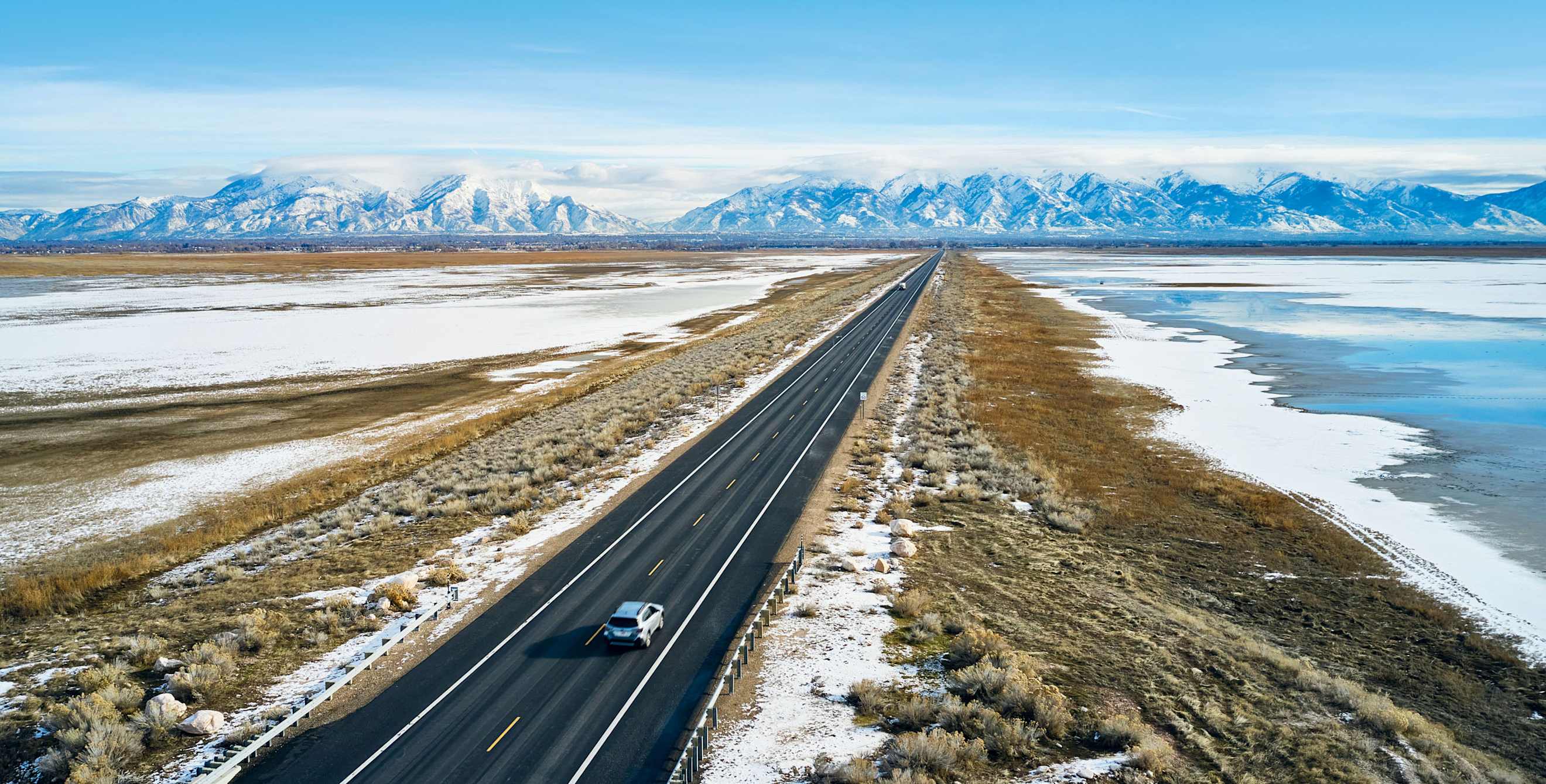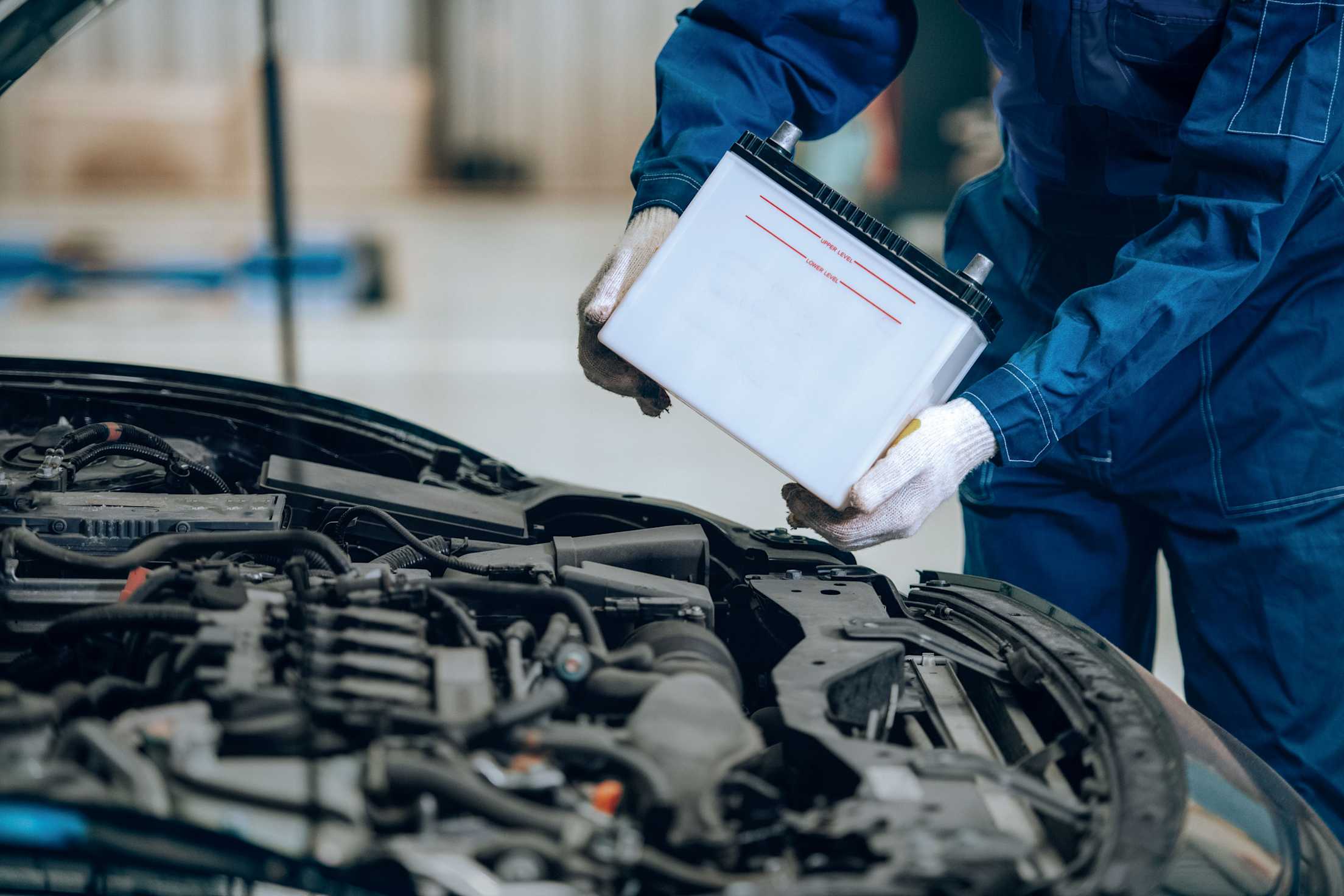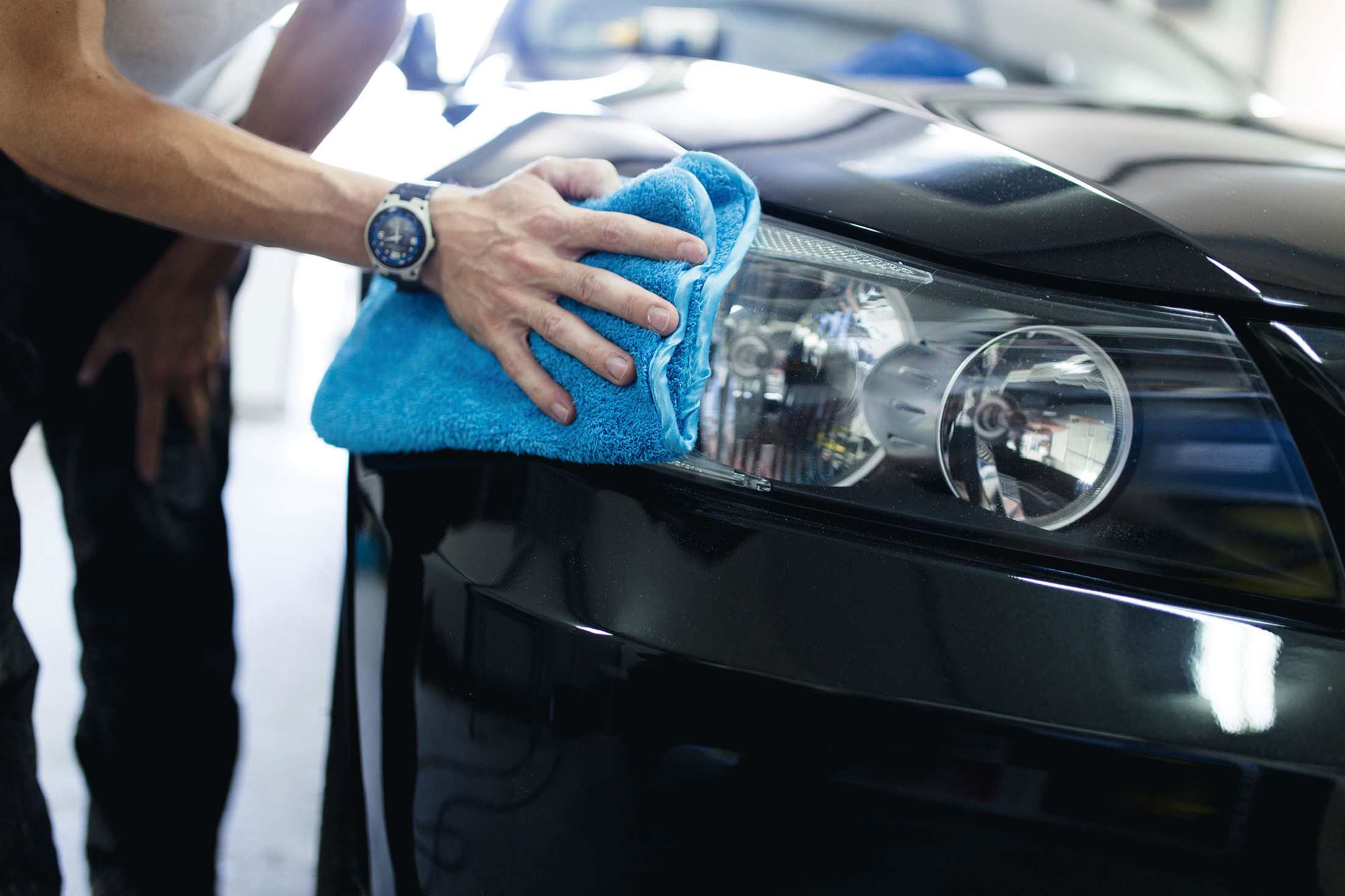
11 Simple Steps to Prepare Your Car for Winter
Follow these tips to ensure you’re ready for any weather Old Man Winter has in store.

Whether you’re gearing up to venture out into snow and ice or you’re expecting a mild winter, these tasks are essential for safe driving in any weather and extending the life of your vehicle.
Get an inspection.
Ask your technician to check your tires for proper pressure and tread wear, then request a look at the timing belt, wiper blades, battery, and headlights. Minor work now can spare you major headaches—and expenses—later.
Check tire pressure and tire tread frequently.
There’s a chance that when the weather turns colder, you’ll see a horseshoe-shaped light with an exclamation point on your dashboard. Don’t fret. That’s a Tire Pressure Monitoring System icon letting you know your tire pressure is low and reminding you to check it. Underinflated tires adversely affect your vehicle in terms of handling, gas mileage, and safety and maneuvering on wet roads, snow, and ice.
According to the National Highway Traffic Safety Administration, the risk of skids and spinouts increases on worn tires. To check for wear, do the quarter test: Insert a quarter into the tread, with Washington's head upside down. If you can see the top of George's noggin, it's time for new tires.
In areas with heavy snowfall and ice, snow tires on all four wheels provide the best traction. You should install them in November and remove them in April.
Refill fluids.
Check your oil level and top off fluids with cold-temperature versions. If you live somewhere with frequent freezes, empty your windshield wiper reservoir and refill it with fluid designed for winter to prevent the reservoir or hoses from freezing over and cracking. You’ll also want to use the recommended 50:50 ratio of water to coolant to keep your radiator from freezing when temperatures are below zero.

Test your battery.
The last thing you want on a cold winter night is a dead battery. If your battery is three years old or older, schedule a time to have it professionally tested. AAA battery technicians will come to your vehicle and test your battery, starter, and alternator. If you’re not sure how old your battery is, or you have indications that it’s defective, it’s best to replace it before it’s completely dead. AAA Mobile Car Battery Service will deliver a new battery, install it, and take away your old one. In addition, keep jumper cables in your car at all times and practice using them, in case you need to revive a dead battery. You may also want to invest in a portable jump starter, which allows you to jump-start your car without another vehicle present.
Protect your paint.
Before you don your winter jacket for the first time, take your car to the driveway—or car wash—for a coat of wax. The polymer layer lasts up to three months, protecting your paint from ice and snow damage.
Update your emergency kit.
Stock the car with a mobile phone and charger, a flashlight with extra batteries, drinking water, snacks, first-aid supplies, flares or reflectors, and jumper cables. Also, keep your gas tank at least half full.

Replace wiper blades.
Windshield wipers take a lot of abuse, not only from rain, snow, and sleet, but also from dirt, mud, and salt. Wiper blades come in different sizes and types, so check your owner’s manual or ask an expert at an auto parts store for the proper size and type for front and back wipers. Most blade designs don’t require tools to install or remove, although you may need a small screwdriver or hammer to help get a blade off; packages usually have instructions. If you don’t feel confident doing it yourself, most auto parts stores will install the blades for free with a purchase. You should also check the washer fluid level and deploy a deicing agent during the winter months.
Prevent rust.
Deicing chemicals can help head off skids, but they also wreak havoc on cars, causing an estimated $3 billion in rust-related damage annually in the U.S. Rust doesn't just mar a car's surface; it can corrode brake lines and exhaust systems, making your car more dangerous to drive. To prevent this, wash your vehicle regularly, paying close attention to the undercarriage. Some car washes offer an undercarriage rinse as an option.

Clean lights.
Winter months are the darkest of the year, so check that your vehicle’s headlights, taillights, and turn signals are in the best working order. You should also clean any dirt from your light covers with a soft damp rag.
Consider chains.
If you’re planning to drive anywhere where it may snow, ensure you have tire chains that fit properly and that you know how to properly install and remove them.
Double-check insurance.
Confirm that your auto insurance policies are current. Life events such as getting married, buying a new car, or making a change to your daily commute can affect your rates.
Get quality auto repair service from certified technicians and the brand you trust.